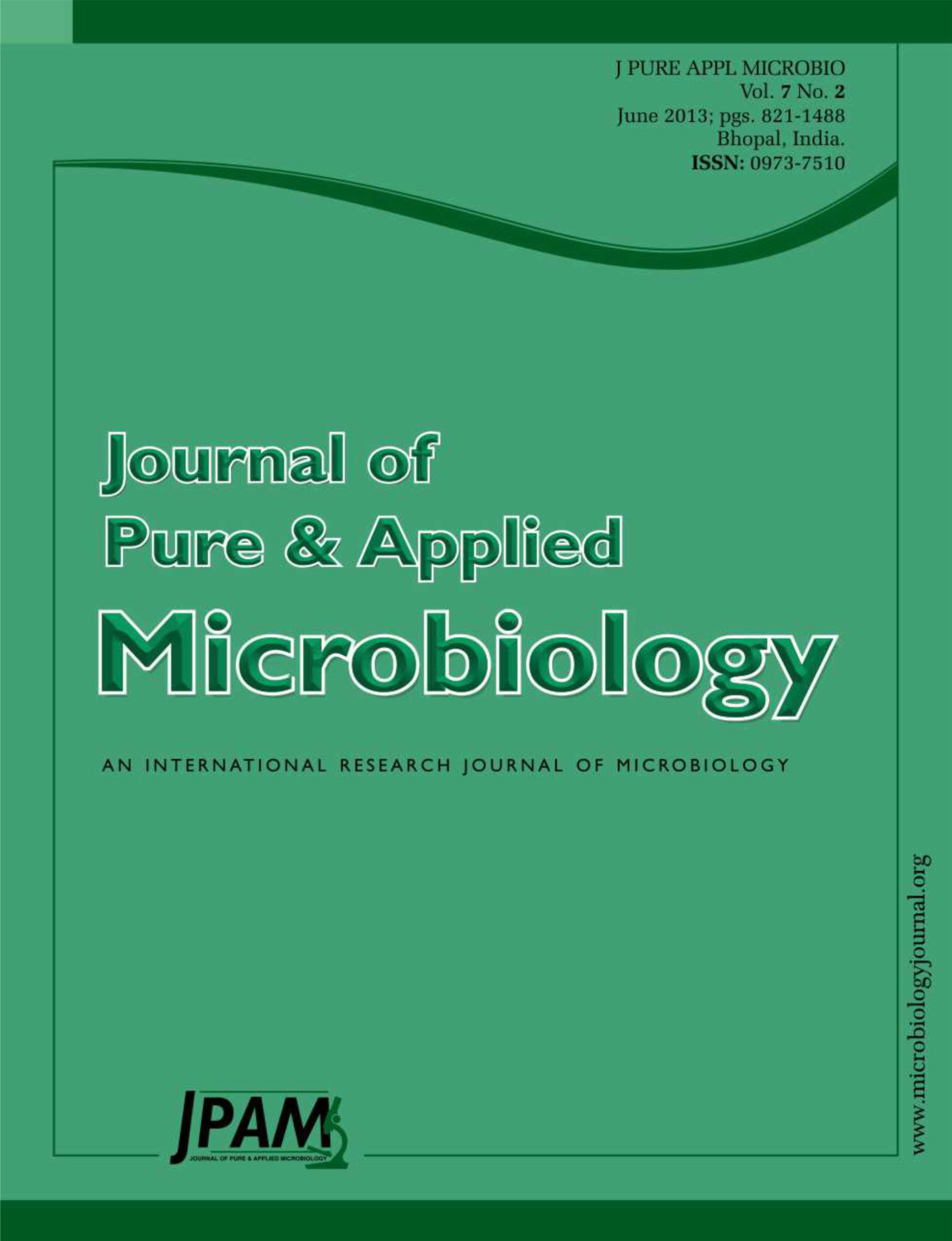In present scenario the science and engineering of nanosystems is one of the most challenging and fastest growing sectors of nanobiotechnology. Biologically synthesised nanoparticles are the most efficient miniaturized functional materials that are constructed and engineered to exert specific functions with enormous ability. Micro-organisms have this extraordinary capacity to form such exquisite nanostructures. This research work reports the biological synthesis of zinc oxide nanoparticles using a probiotic bacteria Lactobacillus sporogens. To ascertain the formation of zinc oxide nanoparticles X-Ray Diffractometer (XRD), Fourier Transform Infra-Red Spectroscopy (FTIR) and UV-Visible Spectroscopy were performed. XRD analysis indicated that the zinc oxide nanoparticle has hexagonal unit cell structure with the average particle size of 145.7 nm. The synthesised nanoparticles were found to be effective against Staphylococcus aureus.
Lactobacillus sporogens. Zinc oxide, Biogenic nanoparticle, Inhibitory activity
© The Author(s) 2014. Open Access. This article is distributed under the terms of the Creative Commons Attribution 4.0 International License which permits unrestricted use, sharing, distribution, and reproduction in any medium, provided you give appropriate credit to the original author(s) and the source, provide a link to the Creative Commons license, and indicate if changes were made.


